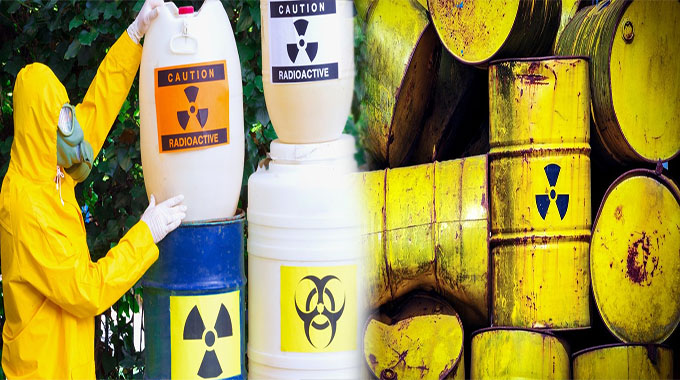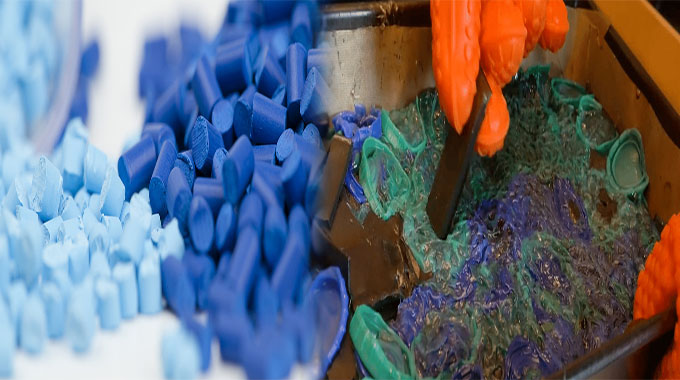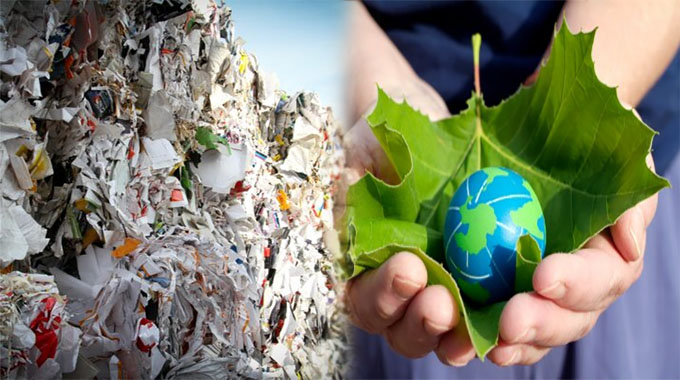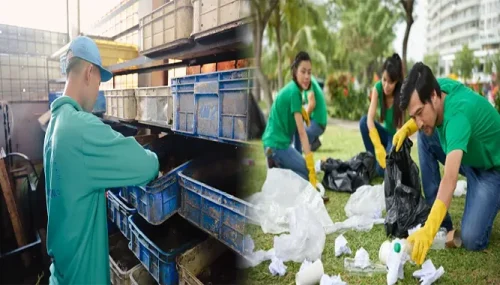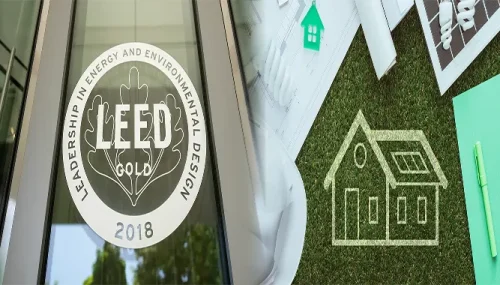Earth-Friendly, Sustainable Building Materials
If you’re an eco-conscious homeowner or building contractor, you might be interested in these earth-friendly, sustainable building materials. They can help improve energy efficiency and reduce waste. Some of them have even been shown to last longer than conventional materials like wood, which means fewer repairs and replacements will be needed over time—and that translates into lower costs!
Straw
Straw is a renewable resource, and it’s biodegradable. Straw is also an excellent insulator and can be used as building materials or to increase the insulation levels of your home.
Straw has many benefits: it’s light and easy to transport, it comes in many different sizes, and you can use it for various purposes such as insulation or animal bedding.
Hemp
Hemp is a sustainable building material that can be used for many different purposes. It’s also an excellent insulator, making it an ideal choice for people who want to reduce …



